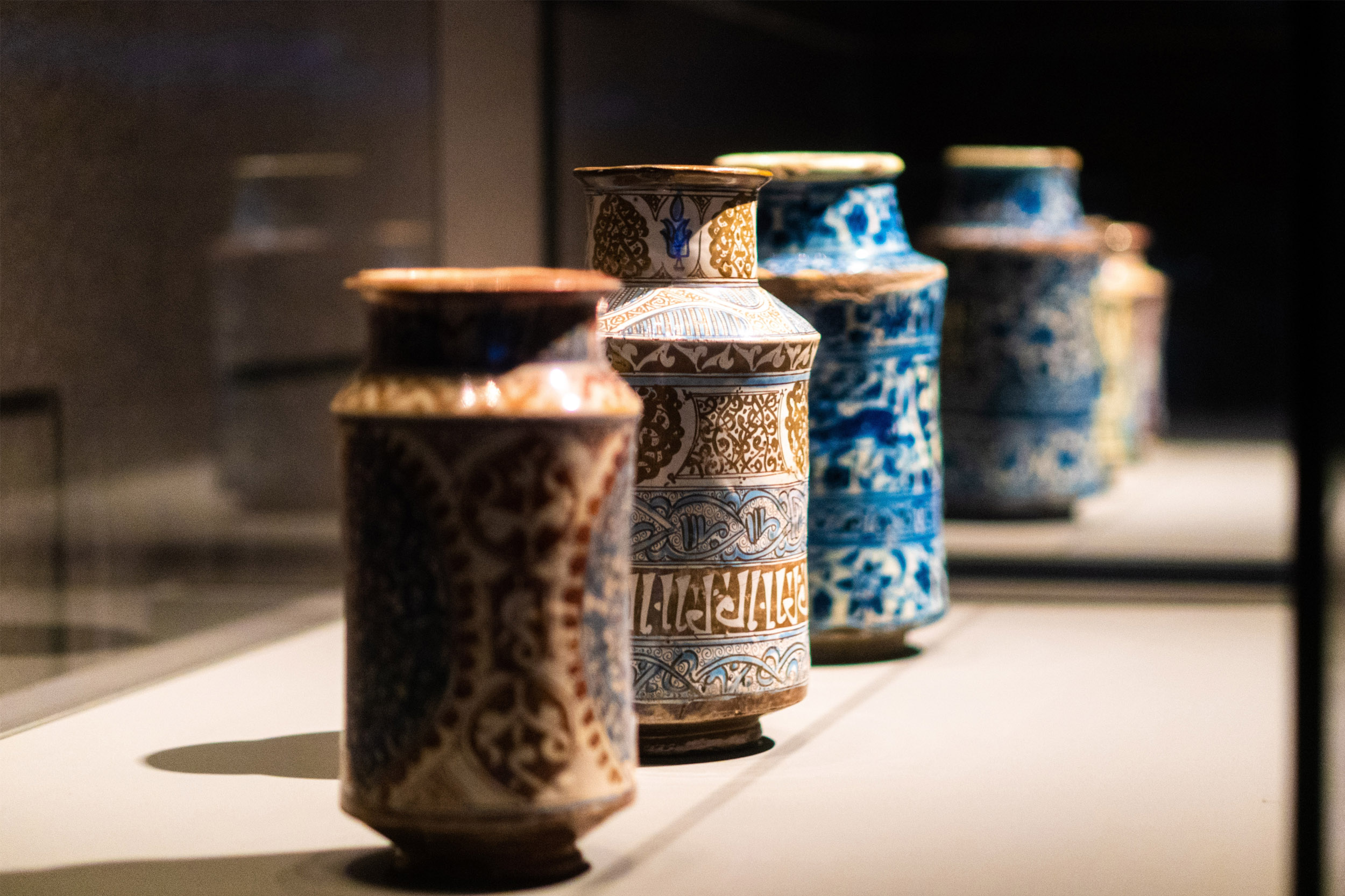Overview
Share ThisPurpose
In 2018, building on the findings from Strengthening Networks, Sparking Change, IMLS reengaged Reinvestment Fund, in partnership with the University of Pennsylvania’s Social Impact of the Arts Project (SIAP) and HR&A Advisors, to conduct a national, exploratory study of how libraries and museums across the country affect the social wellbeing of their communities. The results of this follow-up exploratory study, Understanding the Social Wellbeing Impacts of the Nation’s Libraries and Museums, suggest that local libraries and museums are actively involved in animating social and institutional connections that catalyze the creativity, ingenuity, and empathy within their communities in ways that promote personal and social wellbeing. The authors use these findings and lessons learned from their work to highlight implications for a variety of stakeholder groups including library and museum practitioners, funders and policy makers, and researchers.
Content
The study contains two main parts: a report with appendices and a series of 24 case studies of libraries and museums.
-
The full report includes the research design and findings, recommendations for future research and policy consideration and aggregate learnings from the case study sites.
-
The 24 library and museum case studies include a site-specific profile, detailed findings from program and partnership activities, and network maps of a sample of institution and partner programs.
Frequency: This was a follow-up to the previous study, Strengthening Networks, Sparking Change.
Methods: The Reinvestment Fund led data collection and analyses that employed a mix of quantitative and qualitative methods and a geographic perspective based on all counties in the continental U.S. The study team first created indexes to estimate the presence and usage of libraries and museums for every county in the country as well as estimates of 10 dimensions of social wellbeing for every county. The 10 social wellbeing dimensions included measures for estimating economic wellbeing, ethnic and economic diversity, housing opportunities, institutional connection, cultural assets, school effectiveness, health access, personal health, and personal security.
The quantitative analyses employed multivariate models to identify associations between the presence and usage of libraries and museums and multiple dimensions of social wellbeing when economic standing and racial/ethnic composition are taken into consideration. The team then selected 24 public libraries and museums across the nation for in-depth site visits to understand how libraries and museums support different dimensions of social wellbeing in their communities.i
Use: The findings are useful for a variety of stakeholder groups including library and museum practitioners, funders and policy makers, and researchers.
Full Report
Understanding the Social Wellbeing Impacts of the Nation’s Libraries and Museums
IMLS’ Research and Evaluation studies align with the Foundations for Evidence-Based Policymaking Act of 2018 with the goal of using data and evidence to support its agency mission and improve its operations.
Case Studies
More about this study:

